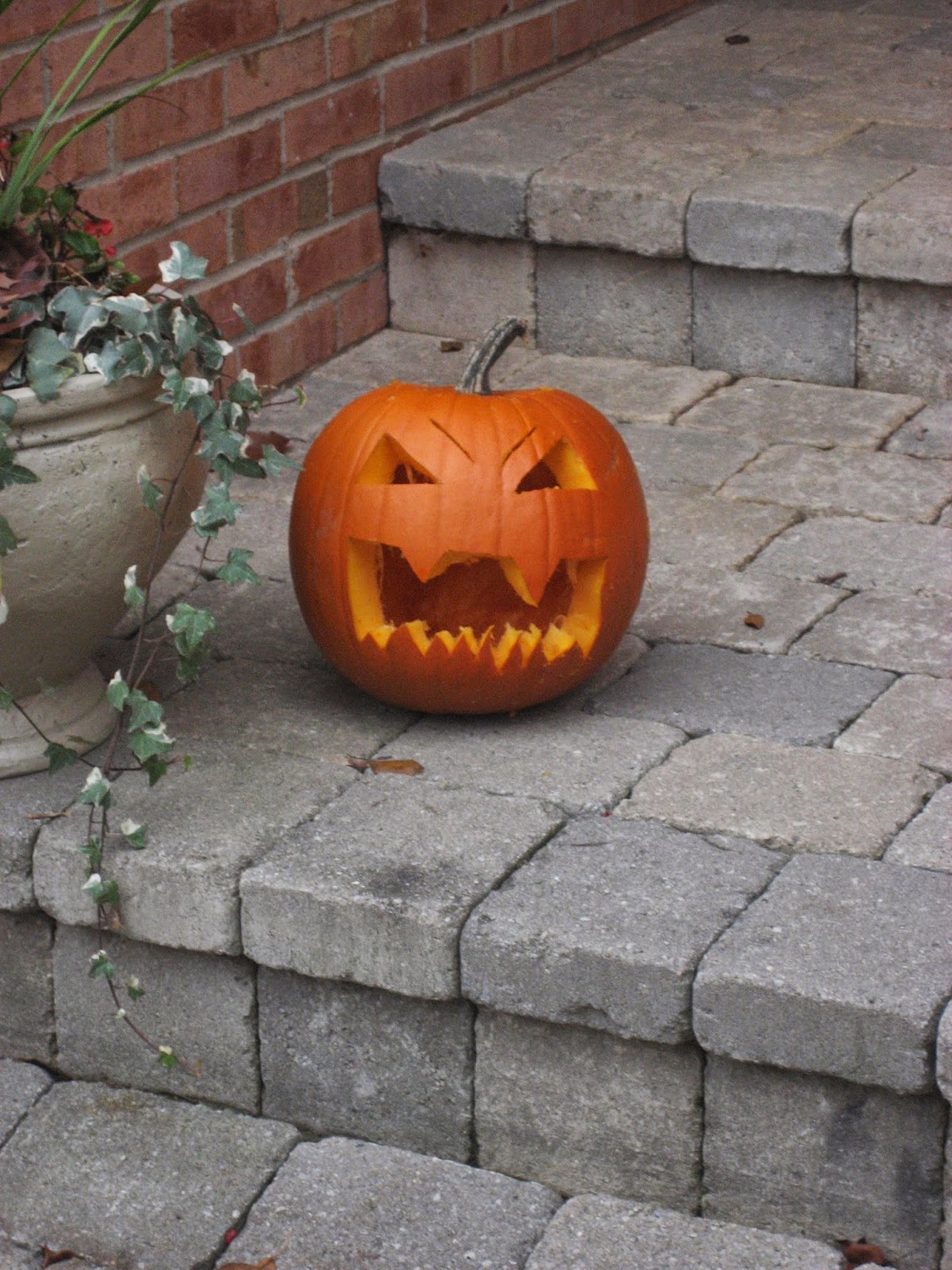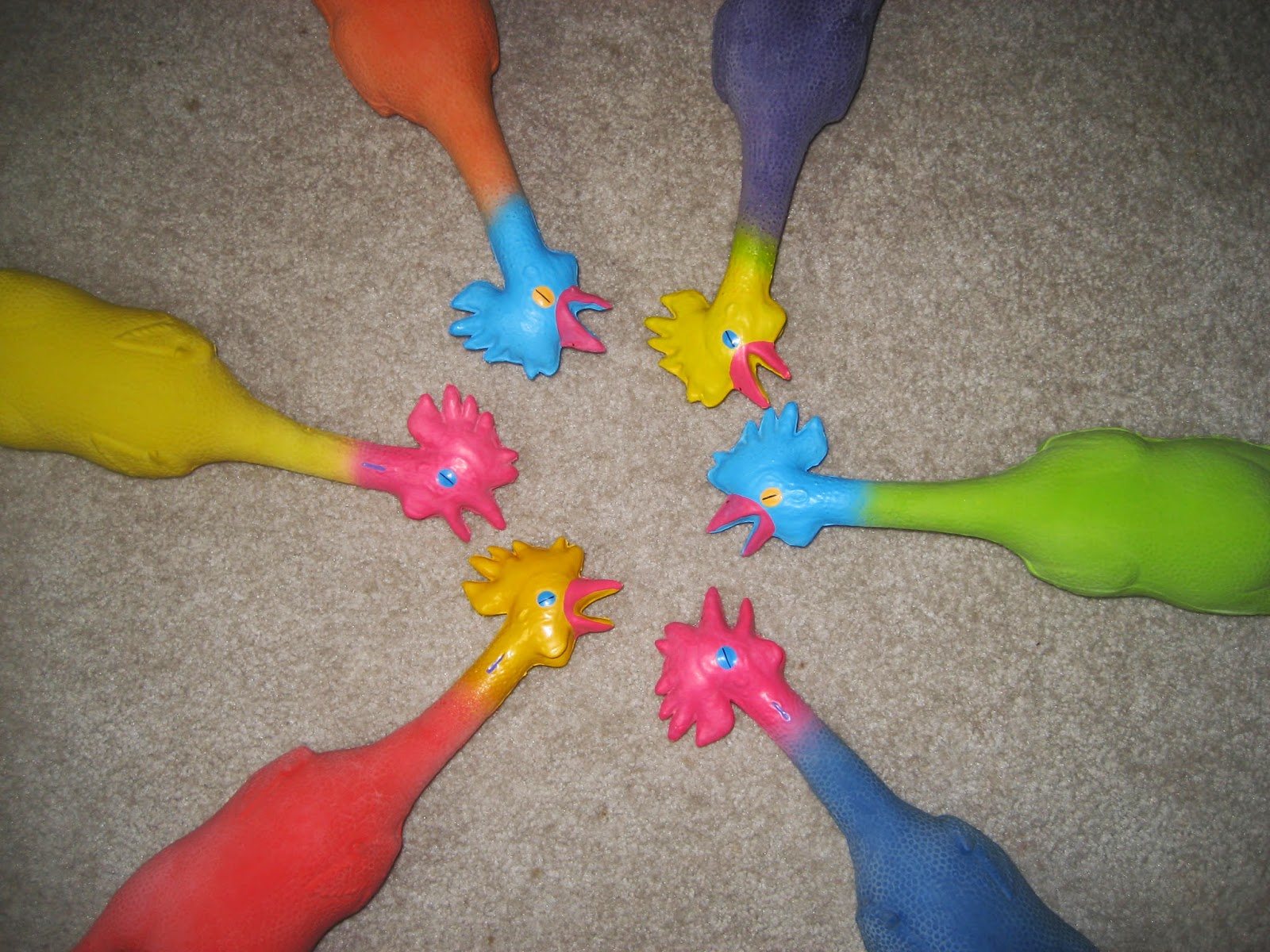Today, I ask you to indulge me. You probably know, with no doubt, that learning songs solidifies concepts. Many of us revert to the ABC song to put things in alphabetical order. I used the seven continents song when taking geography quizzes. I taught my daughters our address in song form. It really just makes sense. The rhyme, the rhythm, the repetition, the fact that you feel like moving -- it all works to get things in our brains and keep them there.
So, why not grammar songs? "Schoolhouse Rock" did it when I was a kid.
We usually begin the year with a look at complete sentences, just because we can --just because we need to. There is a song for that in Enter the Rubber Chickens. We sing it, and sing it, and sing it. Usually, at some point in the day, the math teacher who shares a wall with me is heard humming the tune in the hallways. Most definitely, the students have the tune stuck in their heads for a good amount of time. Then, we revisit the song the next day, and the next. You get the idea.
Once the possibility of singing it any more is exhausted, we move to playing. Imagine your students as the pieces of a sentence -- literally. What if each student had a word or a punctuation mark from a rather complex sentence attached to him. Then what if these students were asked to put themselves in order, to make the sentence make sense.
 |
| These cards are worn like necklaces by the students. They are color-coded so that the sentences do not get mixed together. |
The act of ordering themselves does so much for me as a teacher. I see the true leaders emerge. I hear the comments and disagreements, finding out if there is understanding or just hopeful guessing going on. (Is this a formative assessment?) I can address these things right then, right there. I ask questions. Why did you put the commas there? What do you call this part of the sentence? What part of speech are all the words in this list? So, this activity allows us to create a good, complex sentence. Then I am afforded the opportunity to ask why it is correct. Then, we might even use it as a mentor text. Imagine the benefit of touching it, saying it, and writing it.
And the whole time, we are up, out of our seats, moving. We might interact with someone new. We might get into a colorful conversation with someone as the activity progresses. We might find ourselves next to someone with whom we never share space. We might actually speak, even though we usually don't. It works for so many reasons.
This singing and playing can occur for every convention, every part of speech. There is always the possibility of moving around, of getting up, of mingling, of working things out, and of arguing. I look for the arguing. Passion and intensity are often remembered. If this passion finds itself in the midst of a grammar experience, well go us!
There are songs for comma rules, adjectives, adverbs, verbs, nouns, dialogue, and writing an extended response. There are more songs in the works. I simply need to write them down.
Side note -- I live in the same community as many of my students. So, on Halloween, I see quite a few of them trick-or-treating at my house. On multiple occasions, trick-or-treaters have come to my door singing about commas or complete sentences or verbs . . . for candy. Really! Groups of middle schoolers have been spotted walking down the neighborhood streets singing grammar songs at the tops of their lungs! And they didn't even mind being seen and heard.
 |
| Not a student. |
As for the games, anything is a possibility. You may wish to use an existing game like Scattergories or Password or Catch Phrase. You might go to the old stand-by, a race. You might wish to select teams, and keep score for each correct idea/complete sentence/correct use of commas/etc. I have quite a few planned grammar games in my arsenal, in Enter the Rubber Chickens. Some are not really scored. Some don't even have winners. All allow for motion and laughter, two key components in making ideas stick.
Next time -- Grammar Camp!


